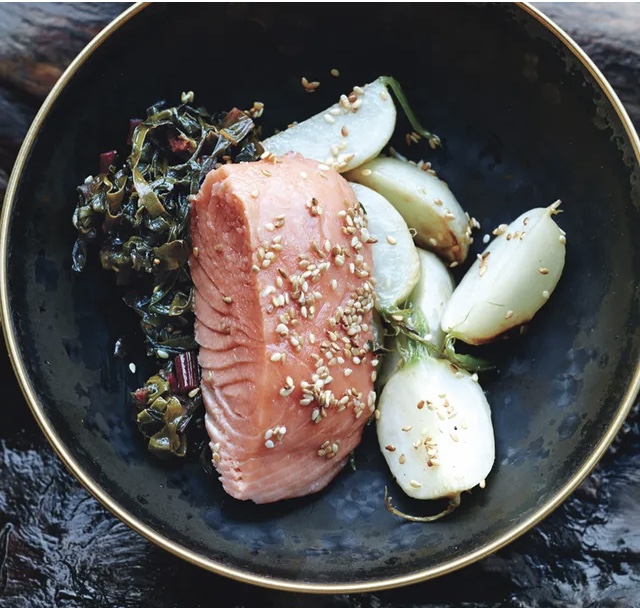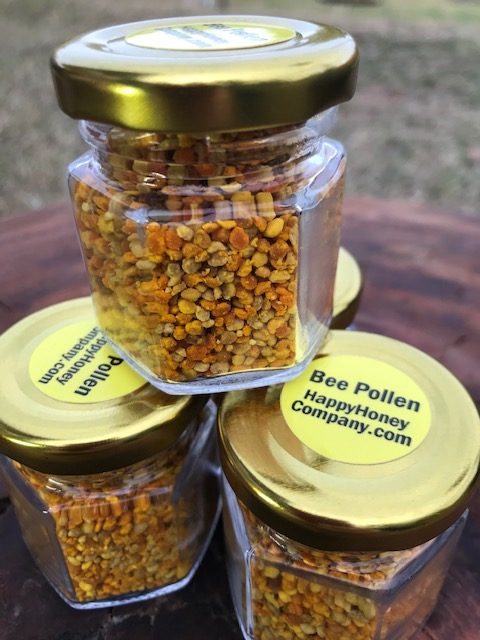It’s a great time to come visit us at the Roadrunner Park or Ahwatukee Farmers Markets. Nearly all of these ingredients are in season and currently available at the markets. Most of us need more ways to eat leafy greens and I’ve always been a big fan of small salad turnips. This low heat method, yields a deliciously juicy salmon dish.
Ingredients:
1.5 pounds salmon filet
4 tablespoons olive oil, divided
1teaspoon finely grated lemon zest
Sea salt
4 garlic cloves, peeled, smashed
1.5 pounds small turnips, scrubbed, halved, quartered if large
Freshly ground black pepper
2 bunches Swiss chard
1 small shallot, finely chopped
1/4 cup chopped fresh cilantro
1/4 cup chopped fresh flat-leaf parsley
1 tablespoon fresh lime juice
1 teaspoon toasted sesame oil
Toasted sesame seeds (for serving)
Preparation:
1) Preheat oven to 250 degrees F. Pat salmon filet completely dry with paper towel and place in a large baking dish. Drizzle with 2 tablespoons of olive oil, sprinkle with lemon zest, and gently rub into fish. Season with salt and scatter garlic around. Bake until salmon is medium rare (mostly opaque but still slightly translucent in the center) 20-30 minutes depending on thickness of filet.
2) Meanwhile, combine turnips, 1 tablespoon olive oil and 1 cup water in a large skillet; season with salt and pepper. Bring to a simmer, cover, and cook until turnips are fork tender, 15-20 minutes. Uncover and cook, tossing occasionally, until liquid is evaporated and turnips are golden, 5 minutes.
3) While turnips are cooking, remove ribs and stems from Swiss chard leaves. Thinly slice ribs, stems and leaves crosswise. Heat remaining 1 tablespoon olive oil in another large skillet over medium high heat. Cook shallot and Swiss chard ribs and stems, stirring often, until beginning to soften, about 3 minutes. Add Swiss chard leaves and cook, tossing often, until leaves are wilted, about 2 minutes. Toss in cilantro, parsley, and lime juice. Season with salt.
4) Drizzle salmon with sesame oil. Serve salmon with Swiss chard and turnips, topped with sesame seeds.
ENJOY!

